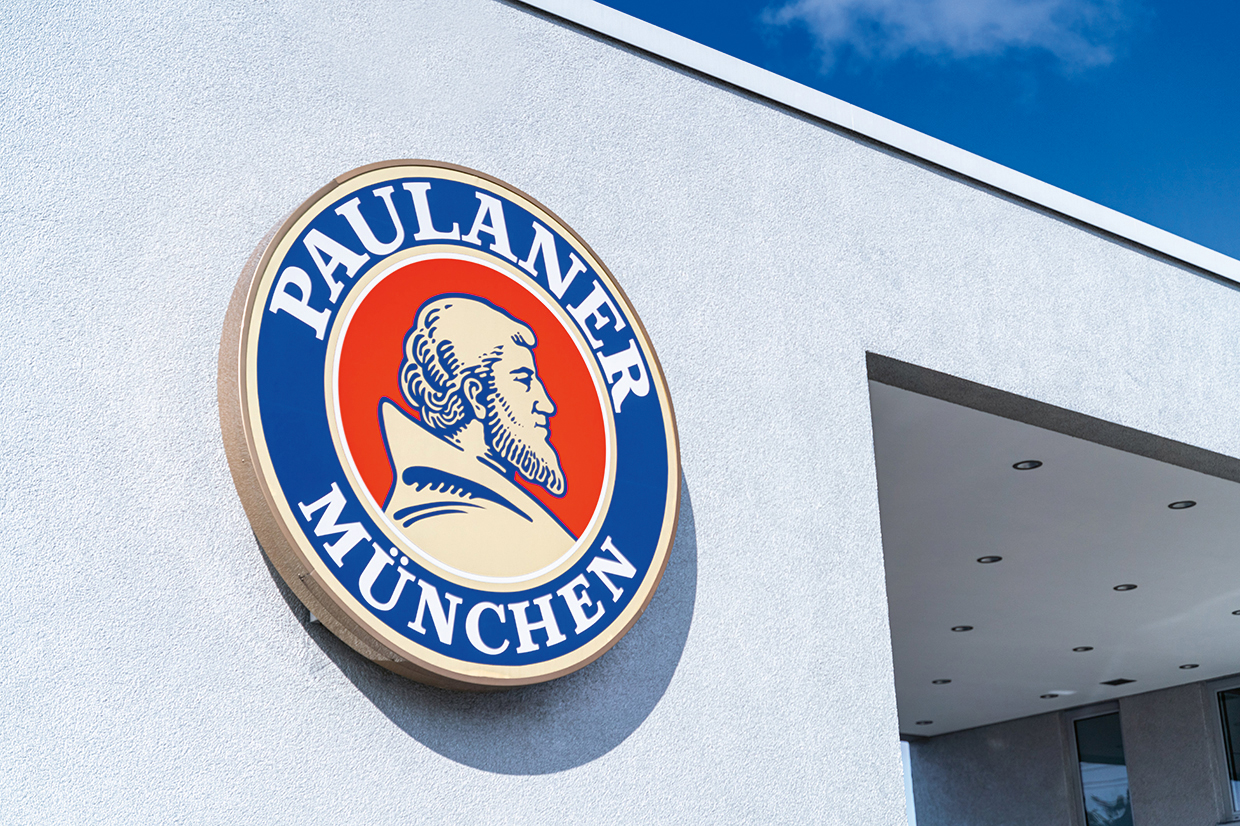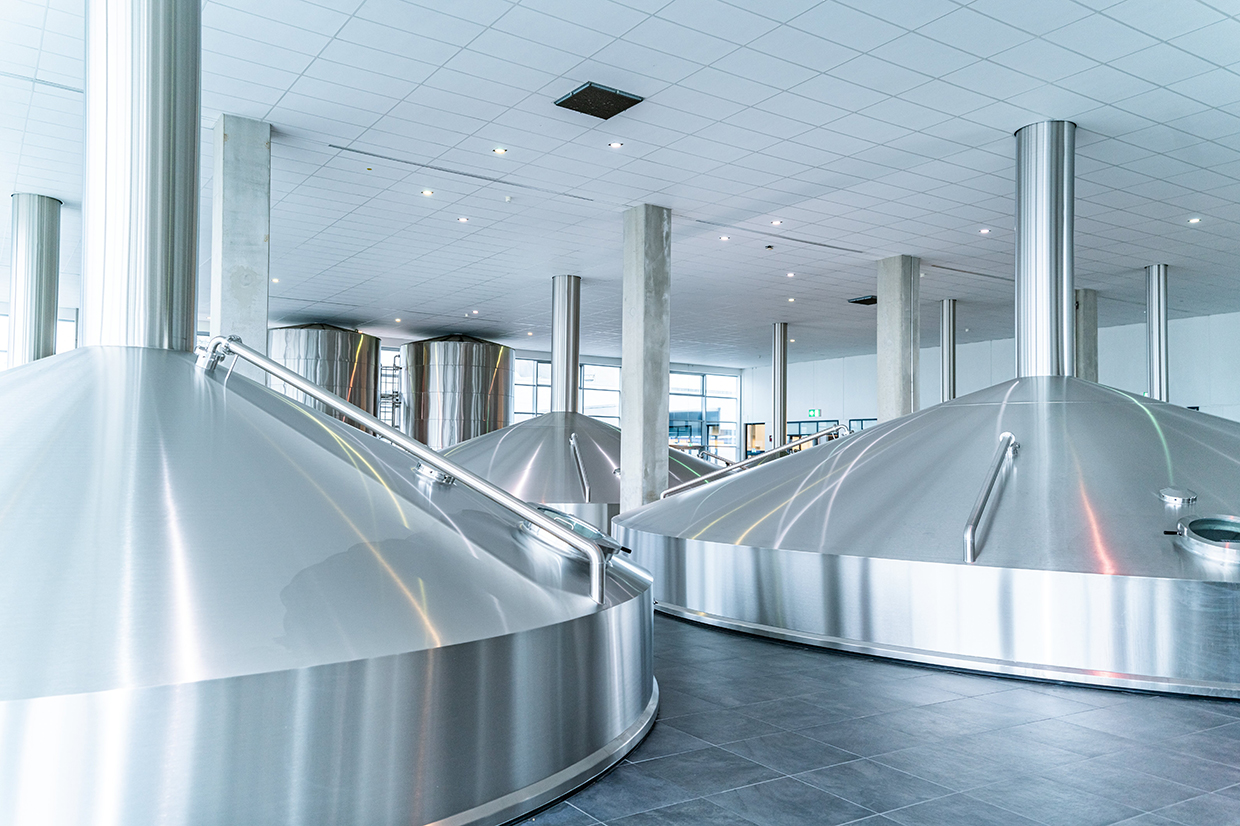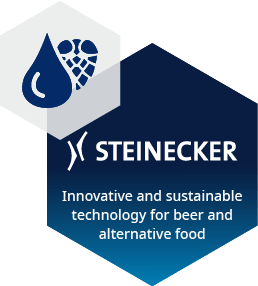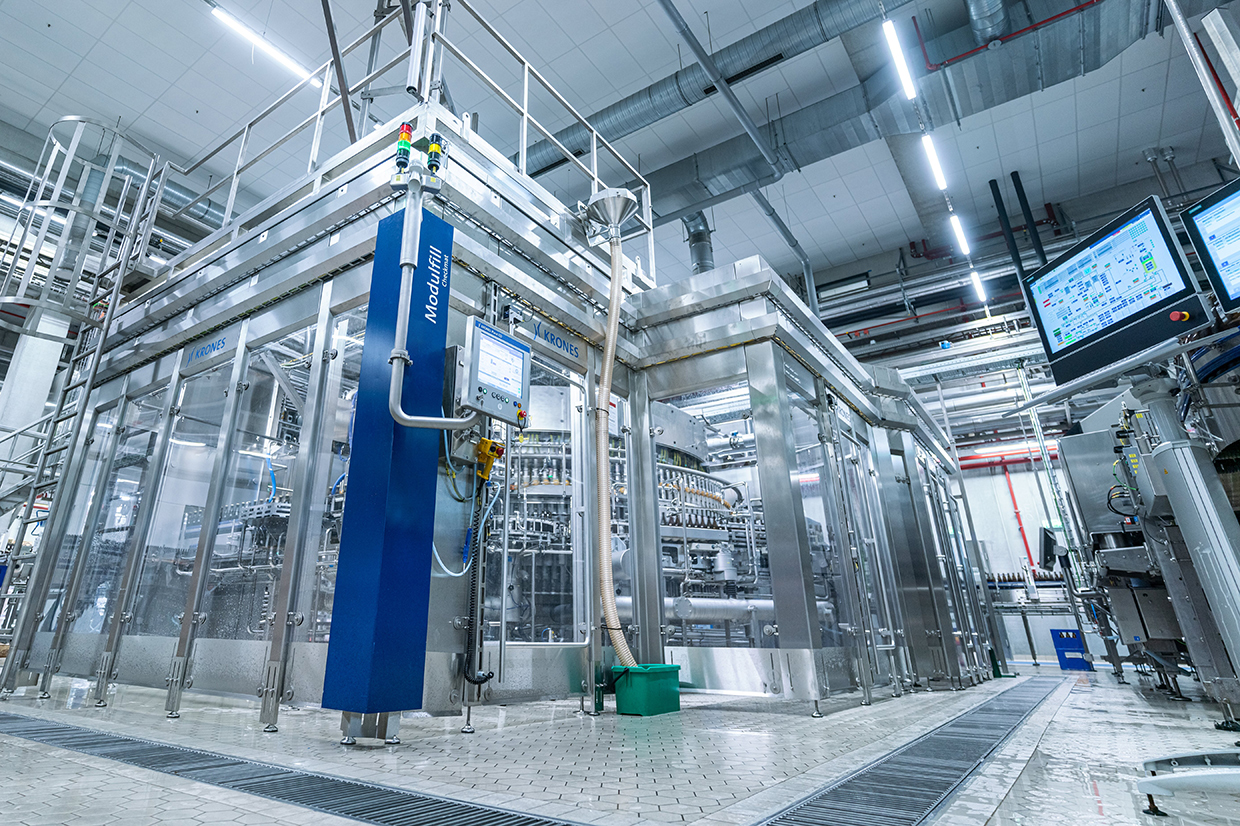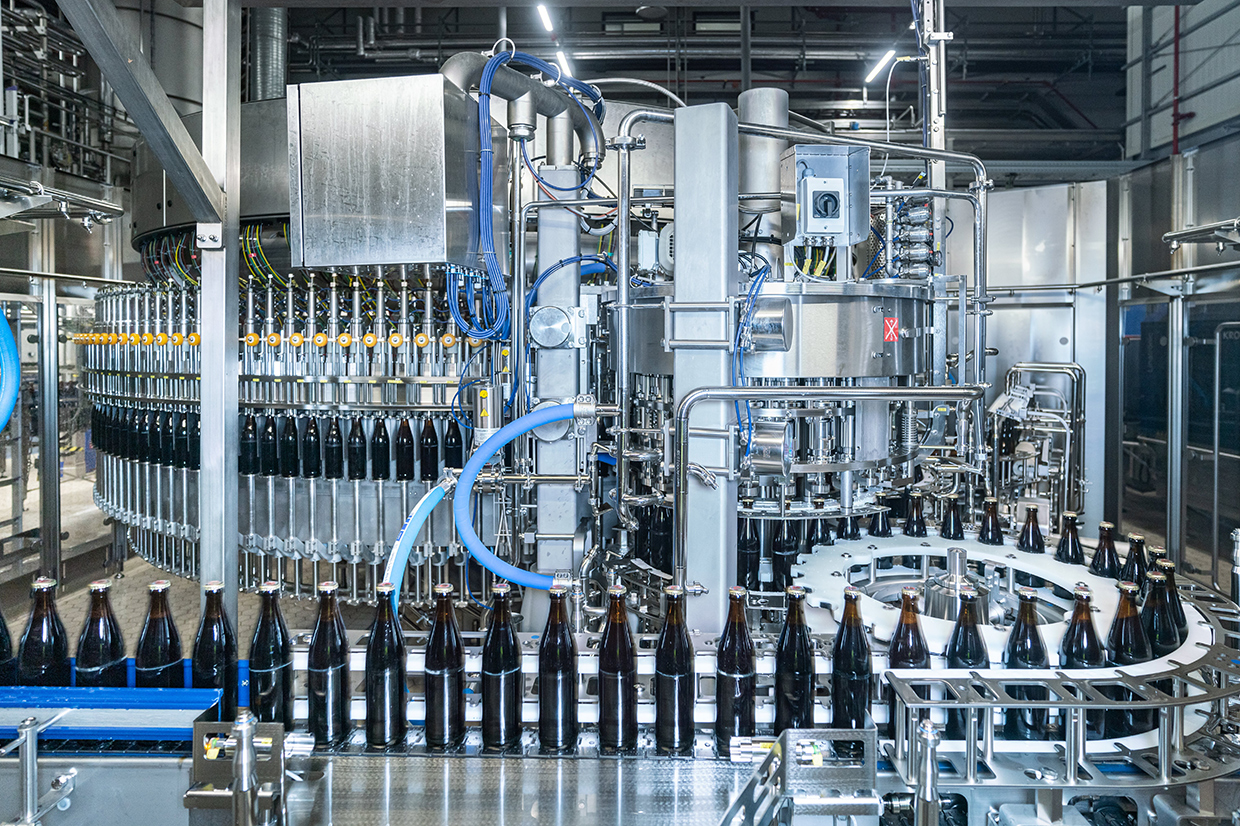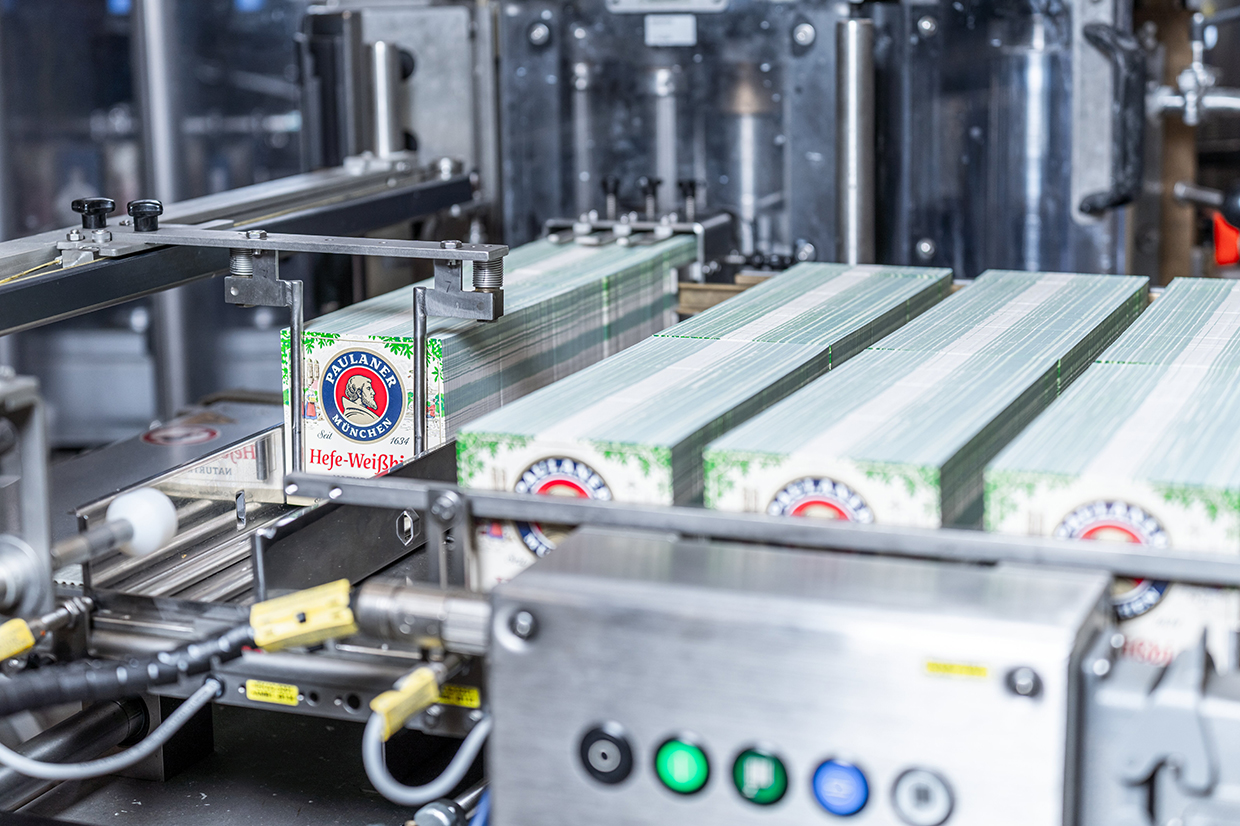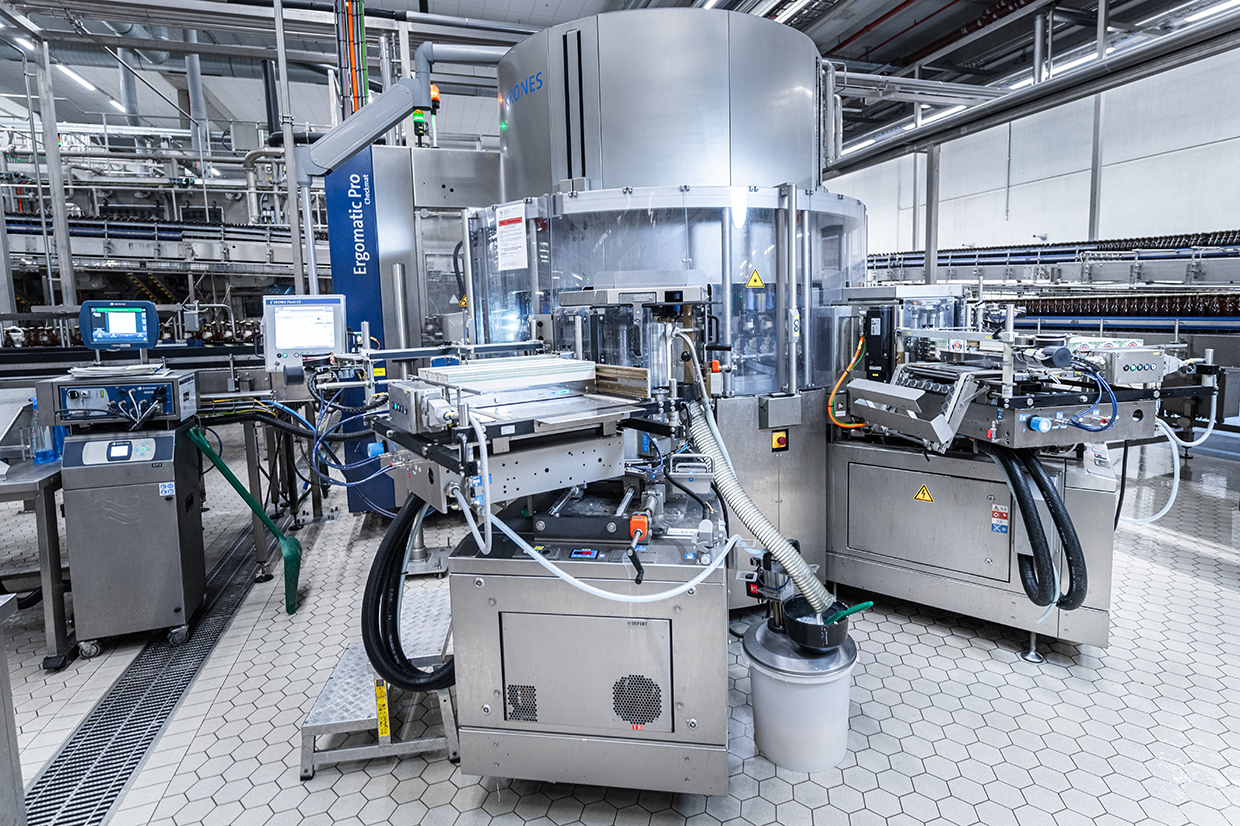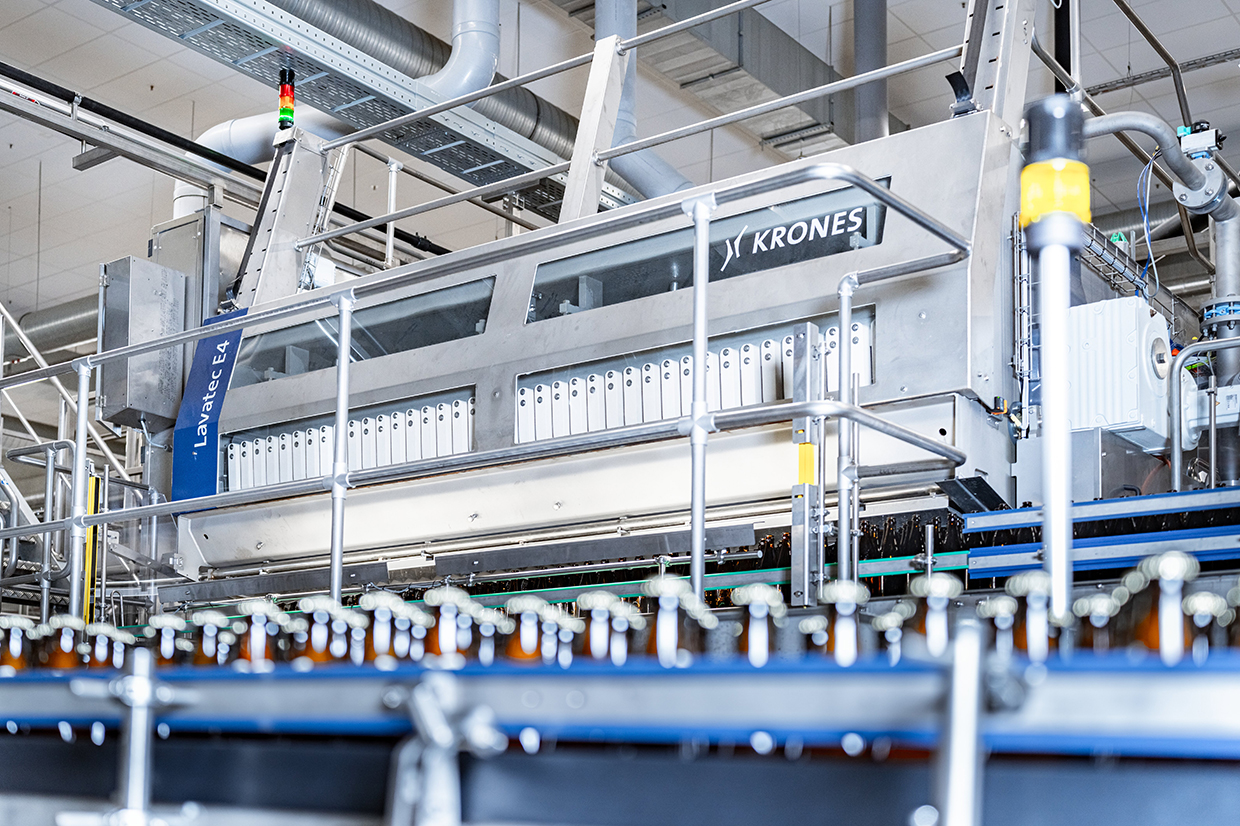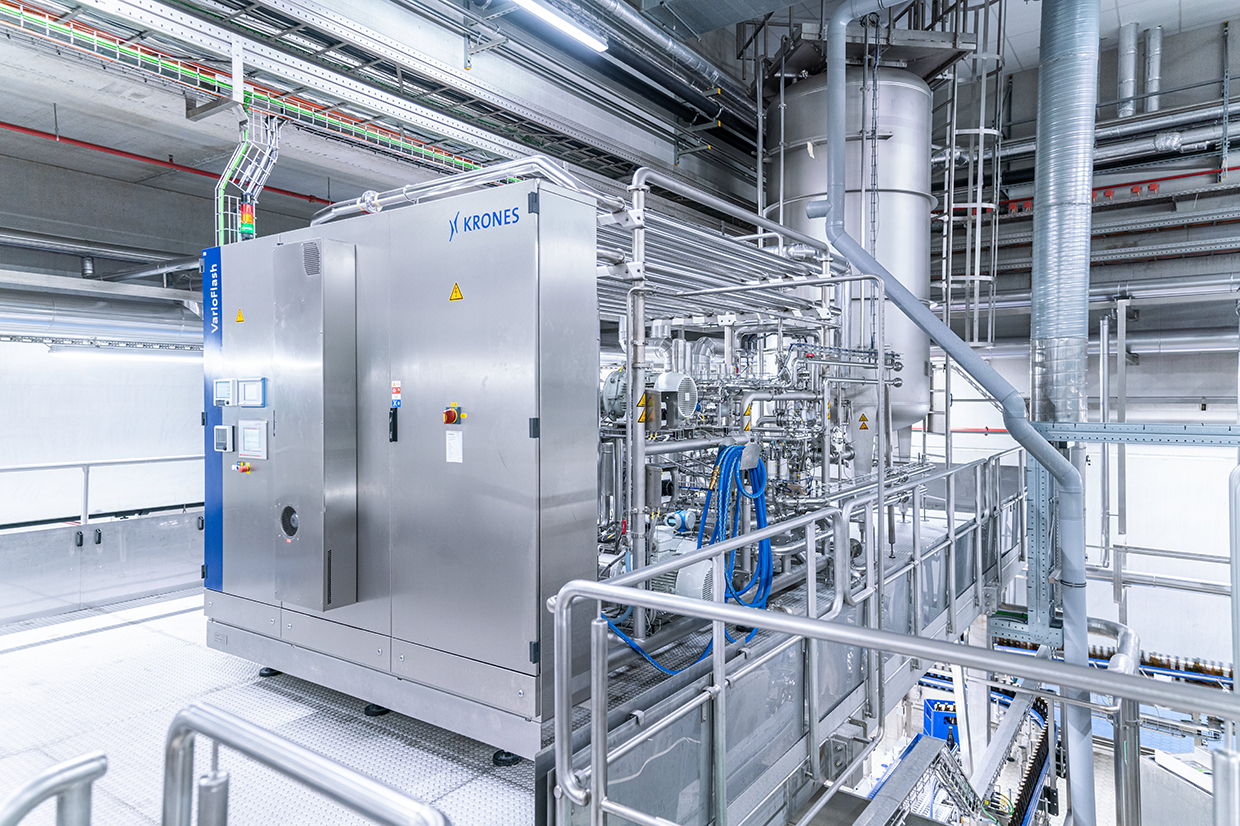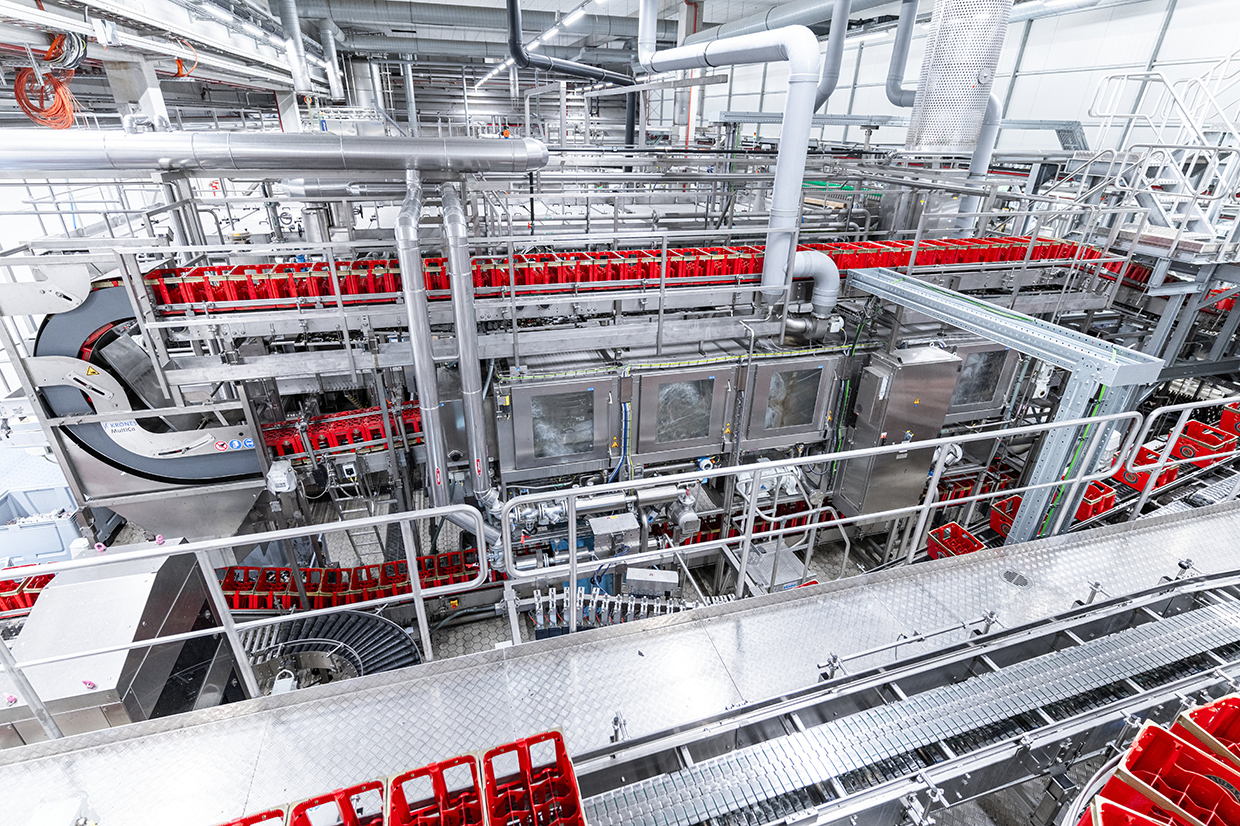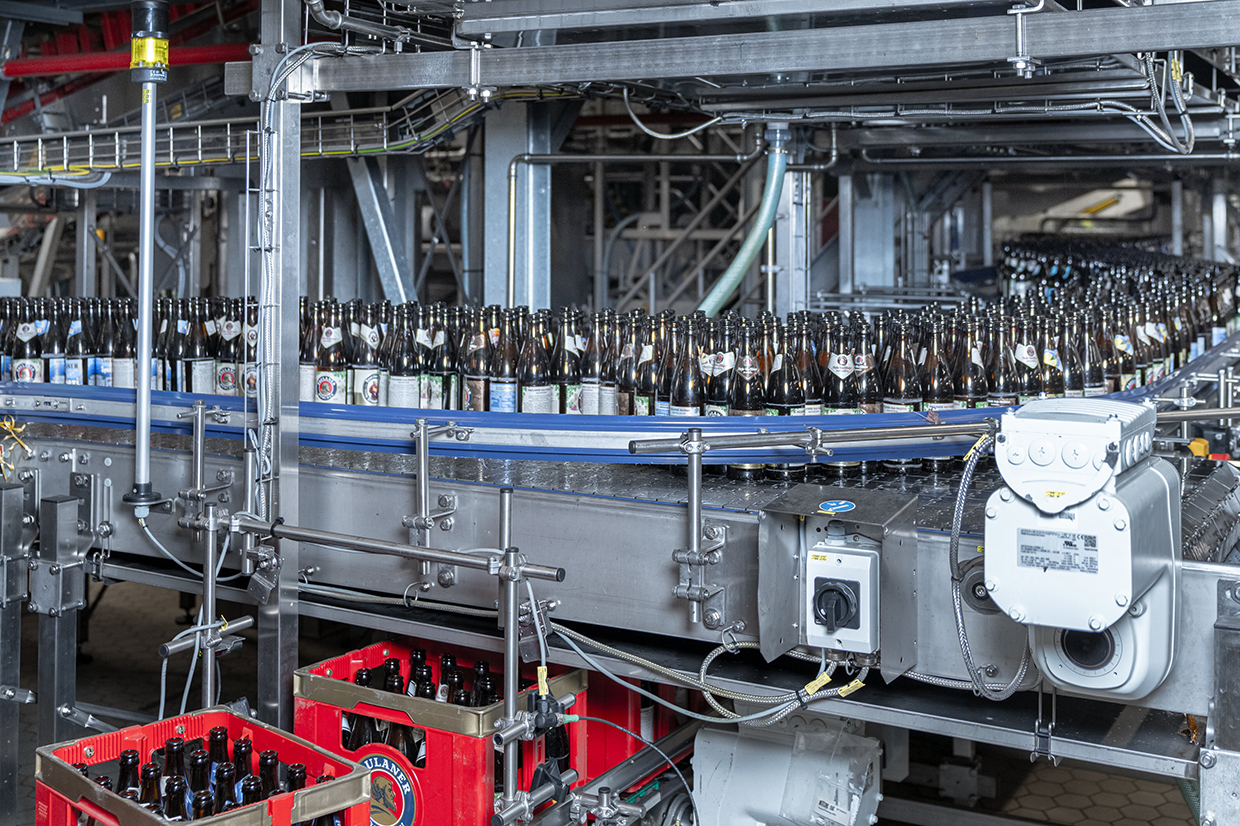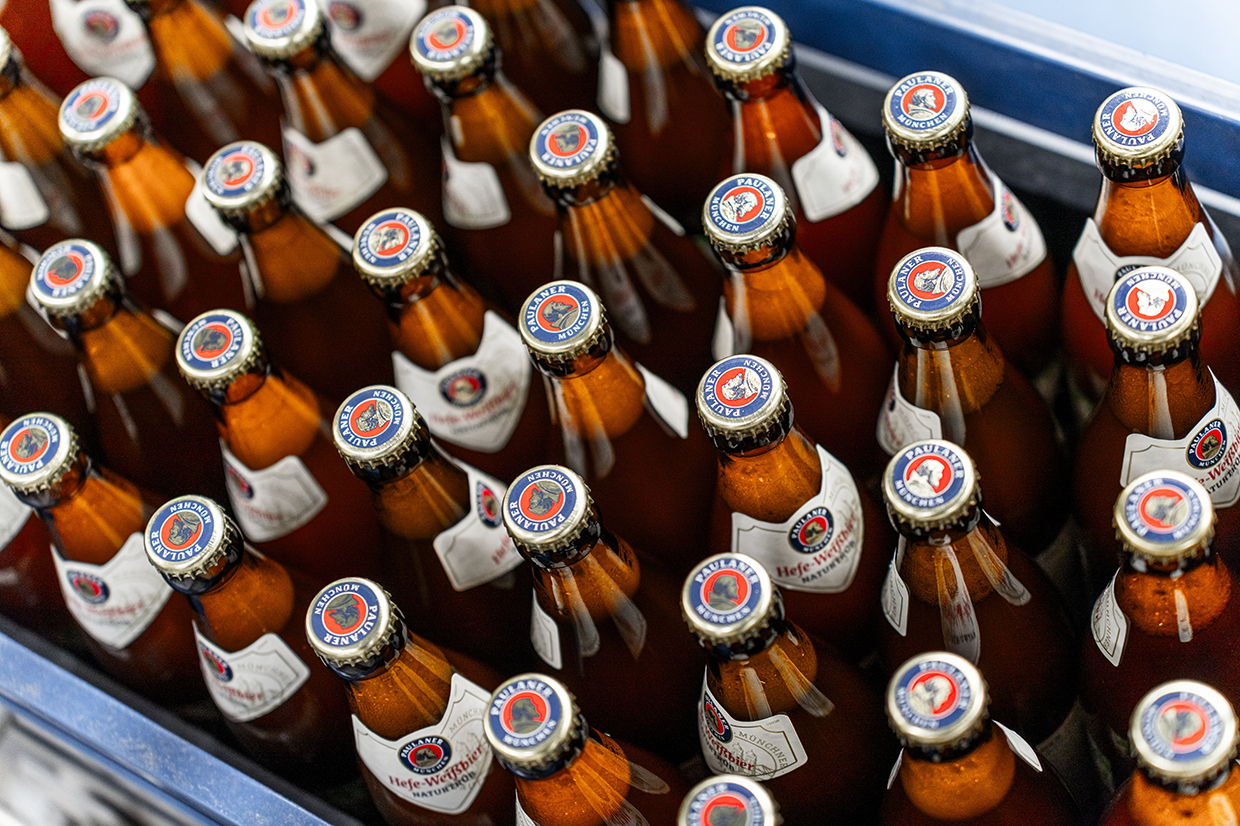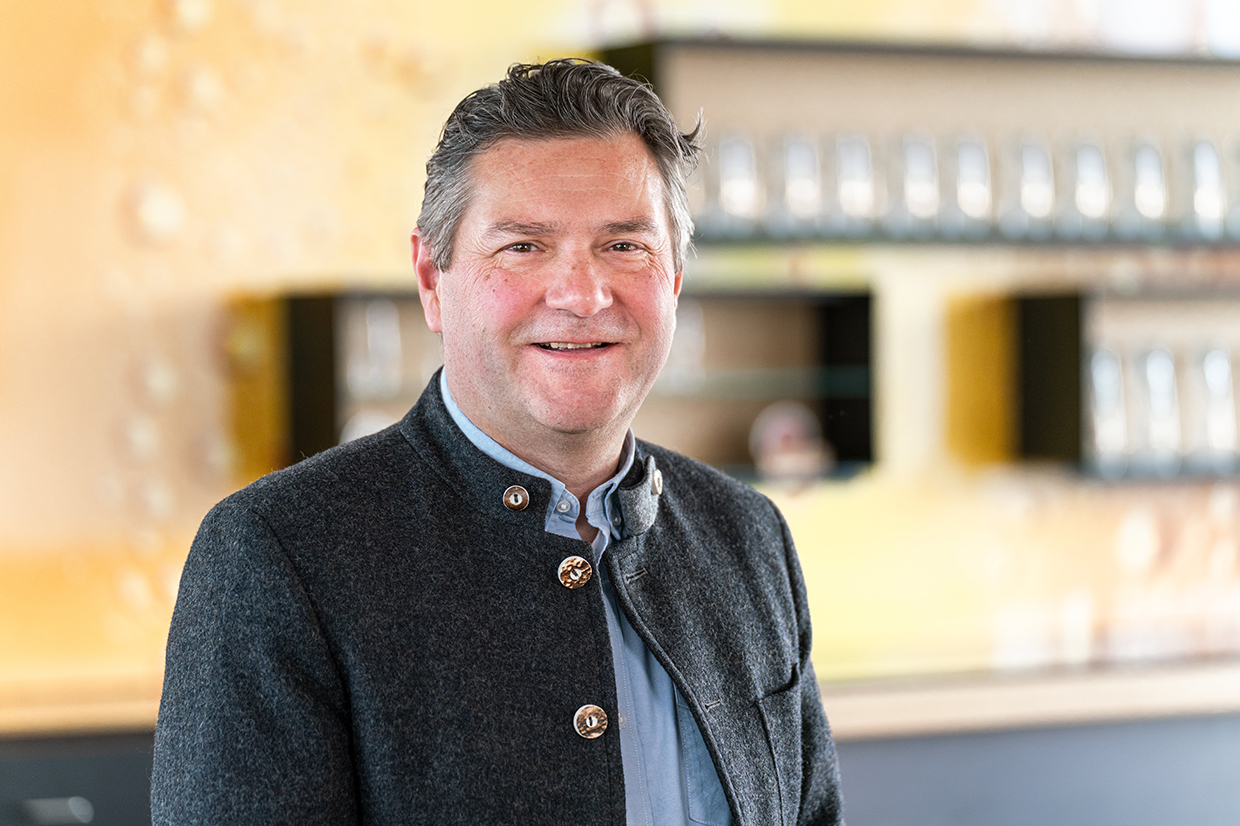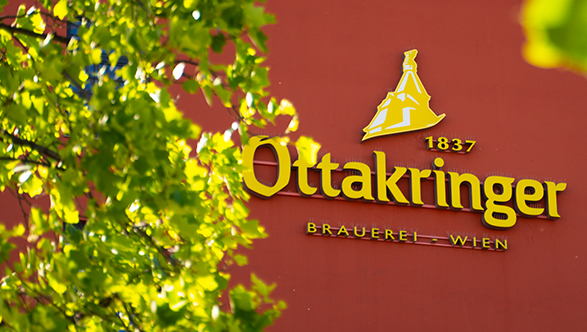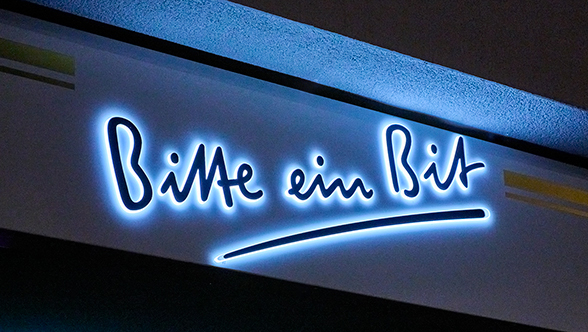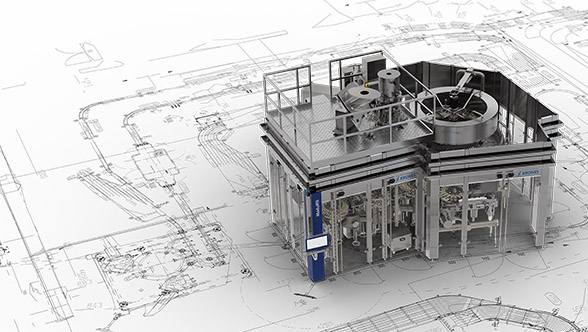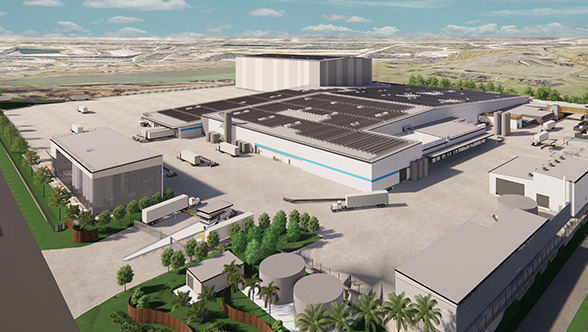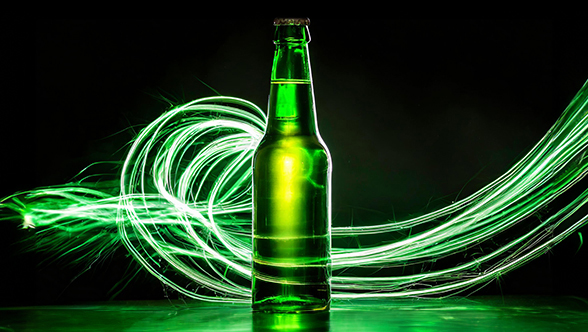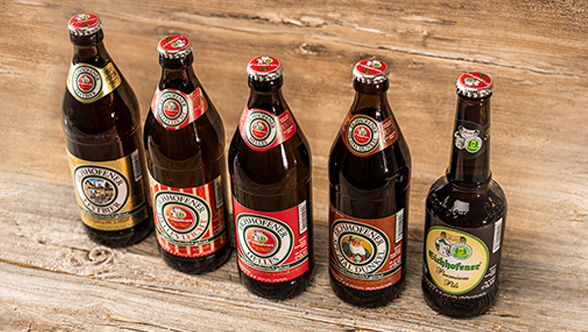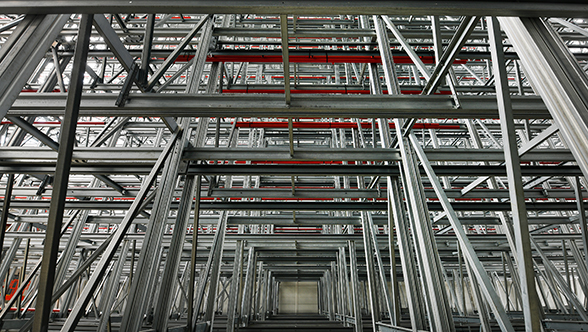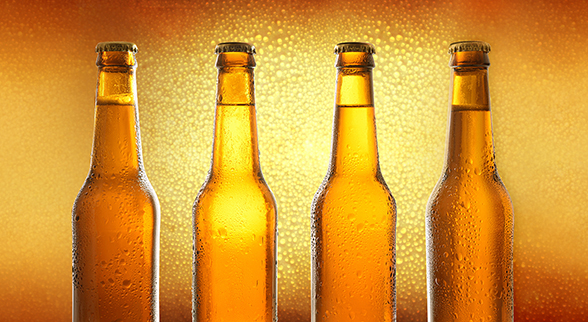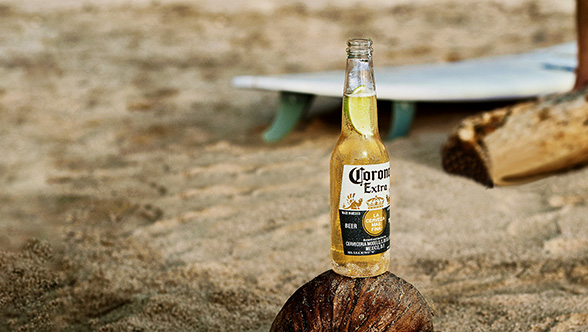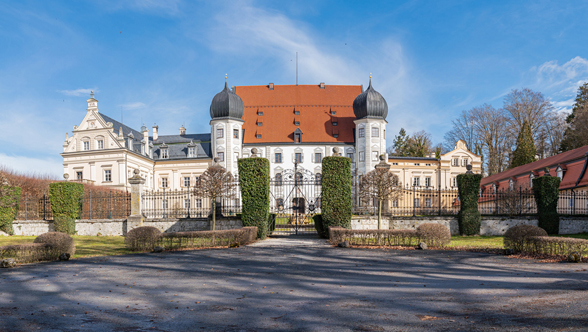Around ten years ago, the world-famous Paulaner Brewery was bursting at the seams at its historic Nockherberg site in the heart of Munich. Churning out more than two million hectoliters per year, it had hit the limits of its production capacity – and further expansion was simply not possible at this location. Meanwhile, demand for the classic Bavarian brewery’s wide range of beers was booming. And so, the decision was made to move the brewery, which had been established on the Nockherberg site nearly four centuries earlier, in 1634. Of course, the Munich brewery’s new site would have to likewise fall within the city limits of Bavaria’s capital. The company found a perfect new location in the western reaches of Munich, in the Langwied neighborhood. With direct access to the junction of two major Autobahn highways, the new location offers outstanding logistics.

